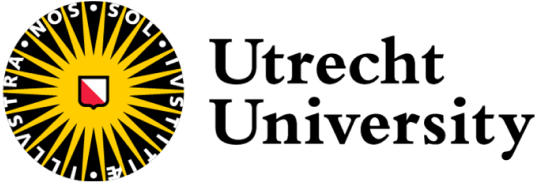About this course
Description of content
The nuclear spin is the ultimate spy. Nuclear magnetic resonance exploits the spin’s special properties to study molecular structure and dynamics in a non-invasive way. Key herein is control over the state of the spin. But how do you exercise such control? How do you exploit such control to extract information on the molecule’s structure and motions?
This course will cover the principles of both solid and solution-state NMR and its application to biomolecules. Emphasis will be on a conceptual and practical understanding of NMR theory and its application to current challenges in structural biology.
The course will consist of lectures, exercises, a paper presentation, a computer practical and a practical at the NMR machine (depending on the number of students). The paper presentation will count 20% and the exam 80% towards the final grade.
**Course Programme**
The course runs over four weeks, with most lectures and practicals in the first two weeks. There are four full days on solution-NMR, and four full days on solid-state NMR. Each day consists of interactive lectures, exercise sessions and computer practicals or demonstrations. In between lecture days there are self-study days to help you digest the course material. In the last week you present a scientific paper and have the exam.
**Literature/study material used** :
Recommended book for further in depth reading:
· J. Keeler, Understanding NMR Spectroscopy, 2nd edition, Wiley, 2006.
Handouts of the lectures, material for the computer practicals and exercise session will be provided in class.
The students need to bring their own laptop for the practicals.
**Registration** :
Osiris Student
**Mandatory for students in Master’s programme** : NO.
**Optional for students in other Master’s programmes GS-LS** : YES.
Learning outcomes
Leerdoelen voor de cursus
At the end of the course, students should have a profound understanding of:
· NMR and its applications in life sciences;
· the range of samples that can be studies by either solution or solid-state NMR;
· the relation between NMR parameters and molecular structure and dynamics.
After completing the course the student is able to:
· describe and identify the different elements of an NMR experiment (solution and solid-state);
· describe the underlying concept of the product operator formalism;
· use the product operator formalism to analyze solution-state NMR experiments;
· describe how high-resolution spectra of solids can be obtained;
· describe the diverse methods of sensitivity improvement;
Enrolment details
Do you study at Eindhoven University of Technology (TU/e) or Wageningen University and Research (WUR)? You can enrol via eduXchange.nl
Prior knowledge
You must meet the following requirements
- Assigned study entrance permit for the master
Resources
- Book J. Keeler, Understanding NMR Spectroscopy, 2nd edition, Wiley, 2006
- Handouts
- Software Geen software nodig
- Book NMR: The Toolkit, P.J. Hore, J.A. Jones and S. Wimperis. Oxford Chemistry Primers, a primer (Spin Mechanics, NMR Department)
Additional information
- More infoCoursepage on website of Utrecht University
- Contact a coordinator
- CreditsECTS 4.5
- Levelmaster
- Selection courseNo
If anything remains unclear, please check the FAQ of Utrecht University.
Offering(s)
Start date
21 April 2025
- Ends4 July 2025
- Term *Period 4
- LocationUtrecht
- Instruction languageEnglish
Currently no more seats available
For guests registration, this course is handled by Utrecht University
